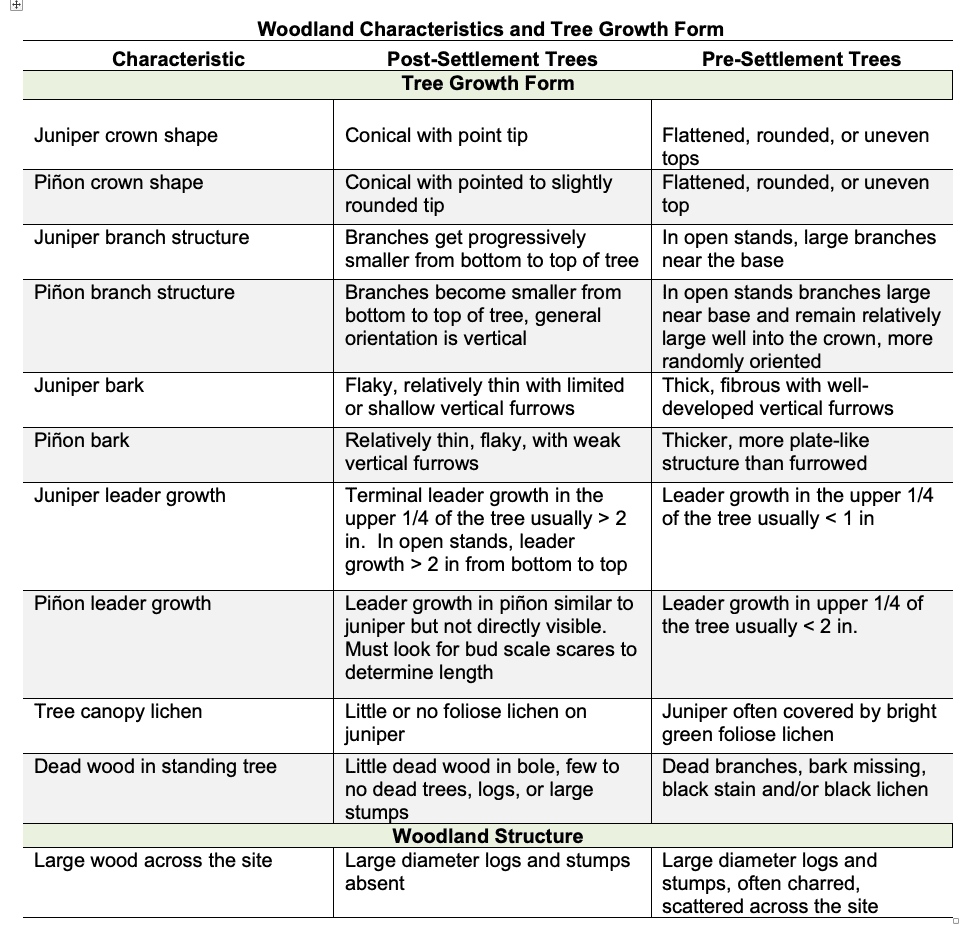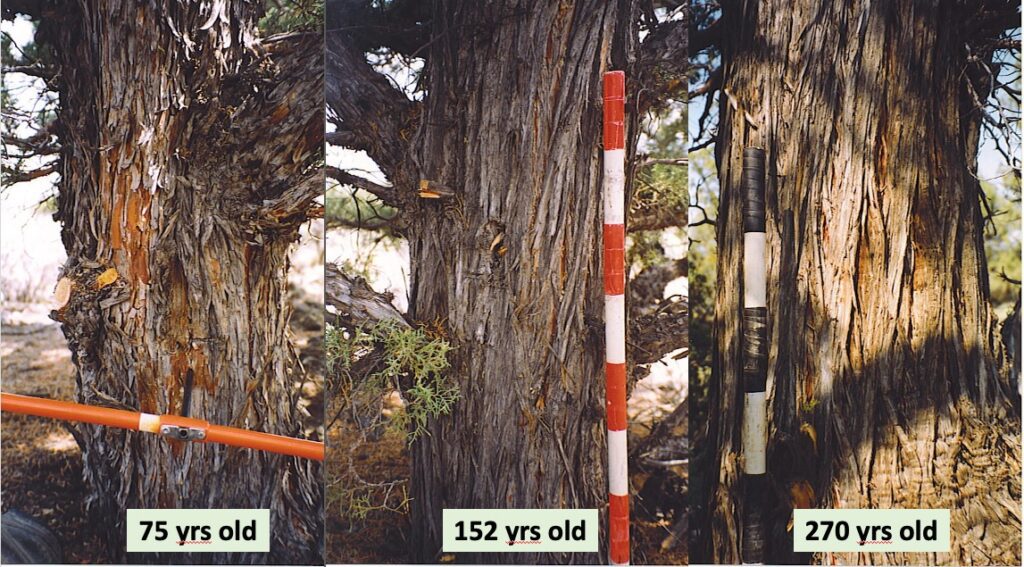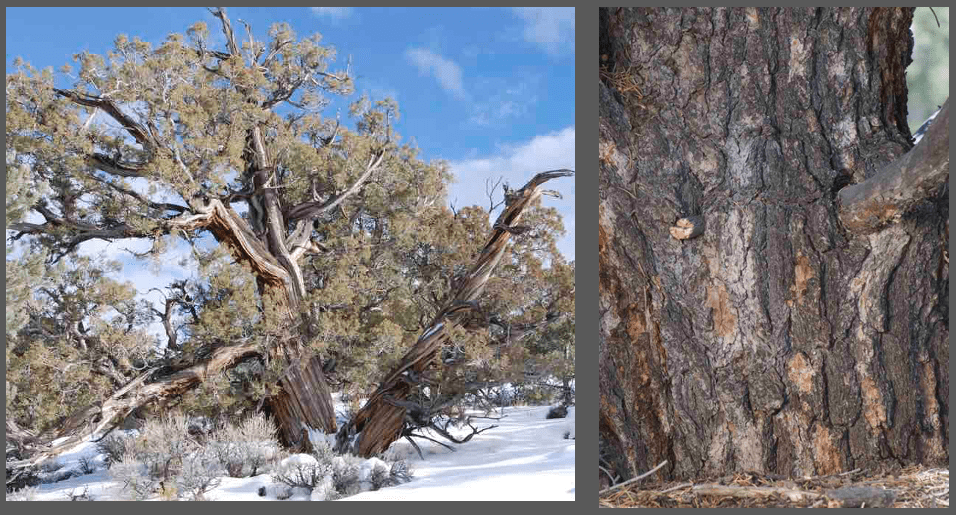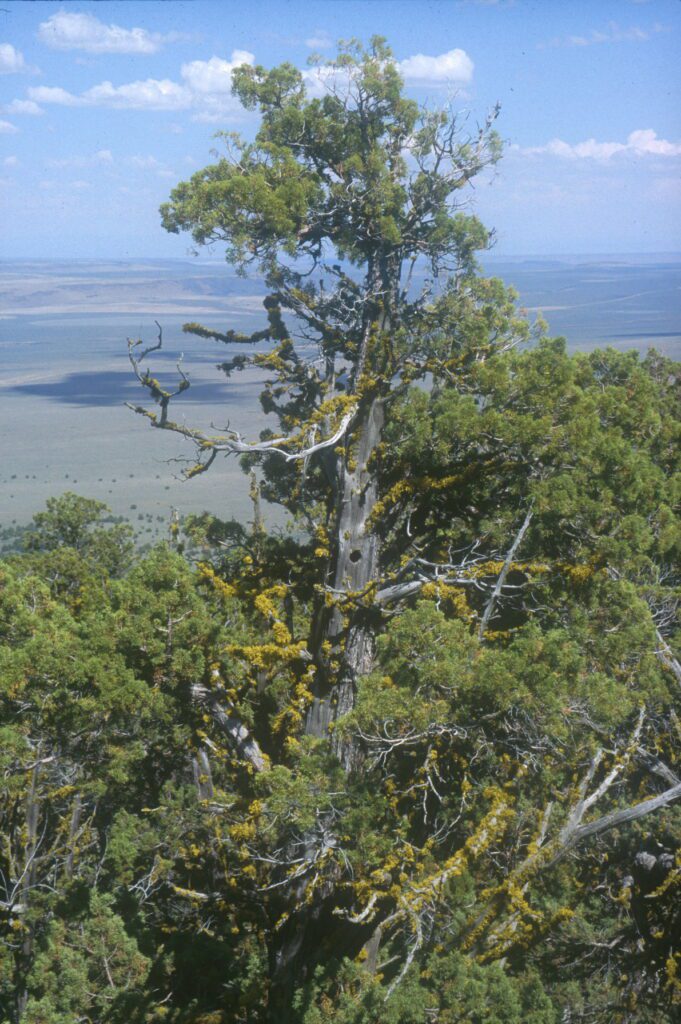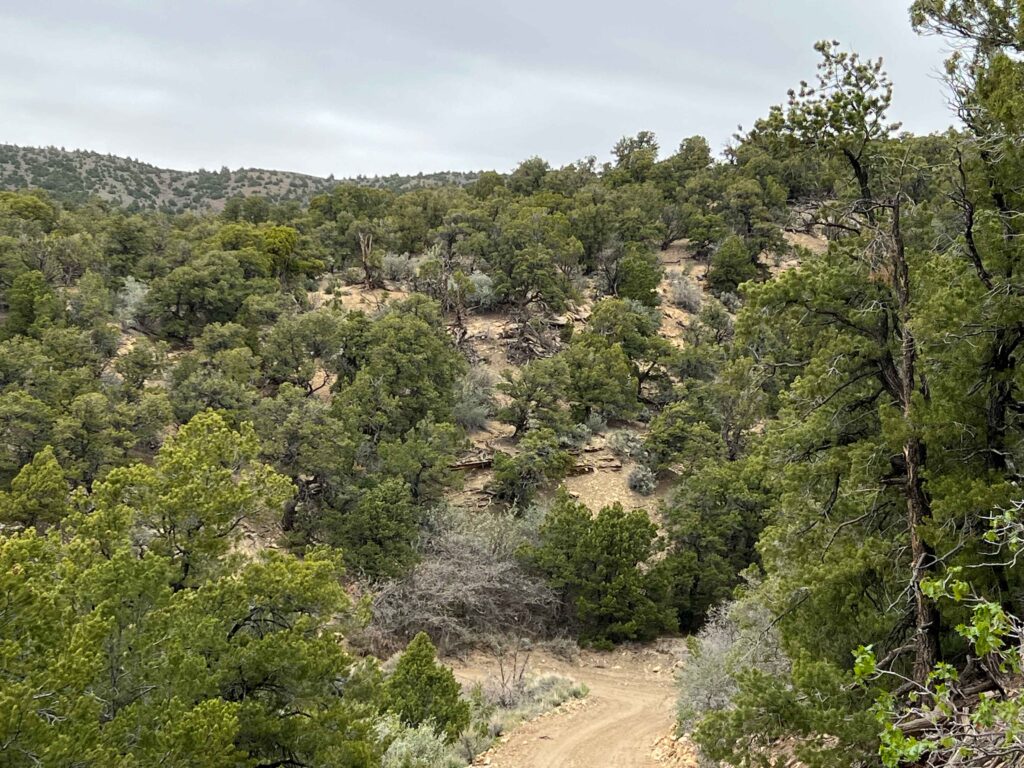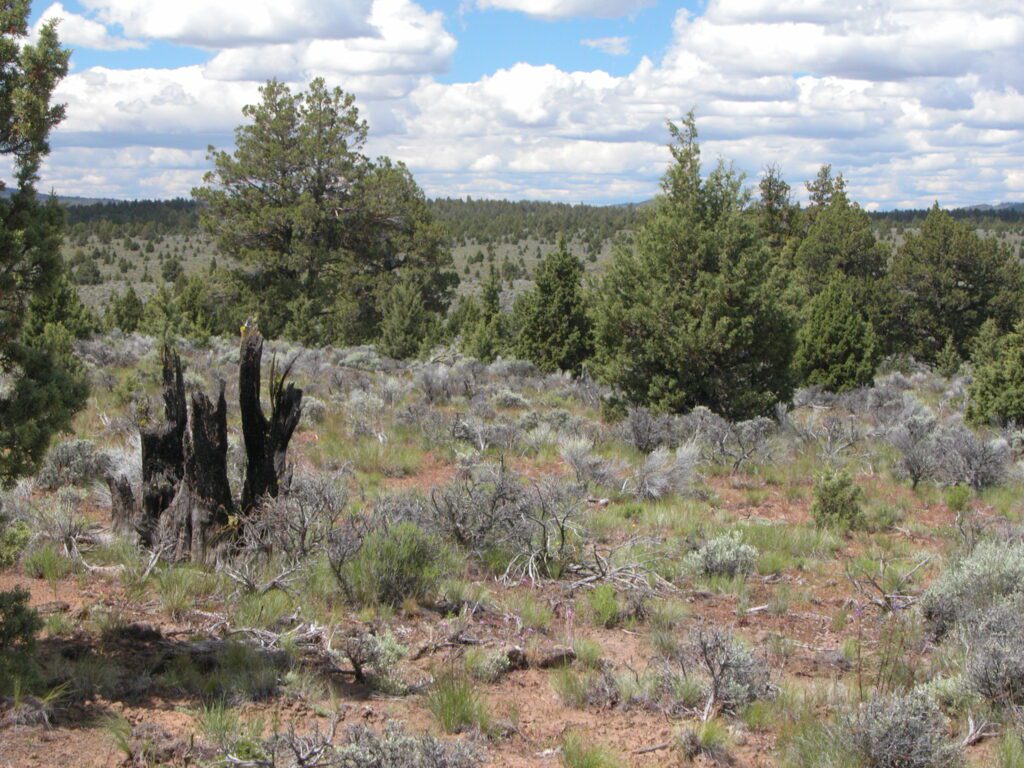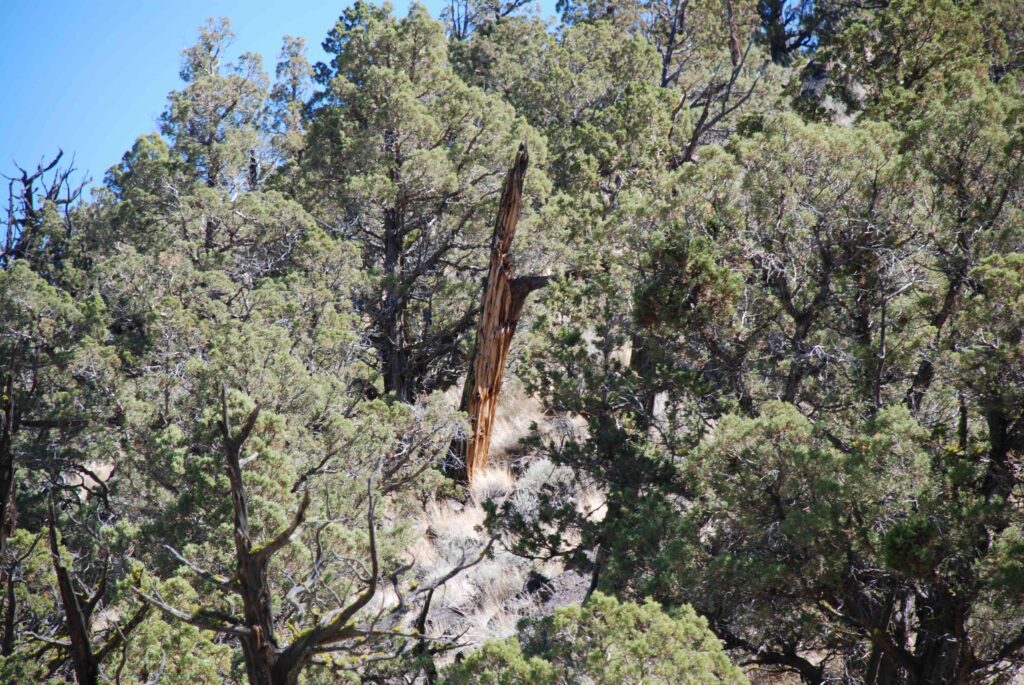Purpose
Pinyon (Pinus spp.) and juniper (Juniperus spp.) woodlands occupy over 78,000 square miles of the Great Basin and northern Colorado Plateau. These woodlands have persisted for tens of thousands of years and provide important biodiversity and habitat for many species across the region. Yet, relatively recent infill of new trees into old-growth woodlands and expansion of trees into adjacent sagebrush-steppe, riparian, and aspen communities have created a considerable mix of concerns around wildfire, drought-mortality, invasive species, watershed function, tree removal, and loss of habitat, biodiversity, and resilience.
This website provides background information on the ecology and management of PJ woodlands useful to the interested public and emerging information important to resource managers.
1) PJ 101 provides a brief introduction to and description of PJ woodlands with links to more in-depth information.
2) FAQ (Frequently Asked Questions) briefly addresses questions related to the ecology and management of PJ woodlands.
3) Tools provides information and concepts for evaluating landscapes, which are specifically useful for predicting disturbance or vegetation management responses in PJ woodlands.
4) Literature provides brief summaries and links to recently published PJ woodlands studies. Study findings are highlighted and discussed in terms of our current understanding.
This website will be continually updated with new articles, questions, and tools.
Knowledge and experience allow us to better understand complex ecosystems.
Author: Richard (Rick) Miller
Use of photos: Photos from this website may be used only for non-profit purposes with credit given to the photographer.
Frequently Asked Questions
Questions in this section frequently come up in workshops, field tours, symposia, and general discussions related to pinyon-juniper woodlands. They are closely linked to woodland ecology, resilience, resistance to invasives, and restoration. Most are addressed in more depth in referenced citations and Miller et al. 2019.
How do we know if woodlands are old-growth (presettlement) or post-settlement?
This question (Distinguishing Old-Growth (Presettlement) from Post-Settlement Woodlands) is answered in the Restoration Tools and Concepts section of the website.
How big is the largest western juniper (Juniperus occidentals)?
The largest western juniper is found in eastern Oregon. Its dimension are 233 inches in circumference (6.2 ft in diameter),…
Indian Paintbrush?
Over two dozen species of Indian paintbrush grow in the Intermountain Region, many of these are associated with pinyon-juniper woodlands….
Restoration Tools and Concepts
“Removing pinyon-juniper woodlands in former sagebrush ecosystems to increase understory cover has a long management history, and short- and long-term monitoring reveal different understory plant community responses.” (Ernrst-Brock et al. 2019)
Reading Landscapes: Predicting Post-Disturbance Succession
One of the most valuable landscape manager skills is to be able to predict the short and long-term response of plant communities, watersheds, and landscapes to disturbance and vegetation management. A skillful manager is an expert detective, having a knowledge of the key components that drive plant succession and adept to pulling together all of the available evidence.


